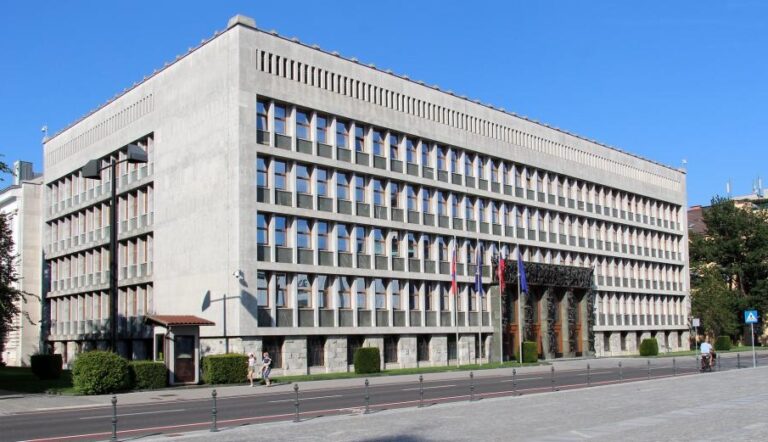Resilience and standout performance in the global property industry are exemplified by various factors, such as the United States’ record-high house prices despite rising mortgage rates and industrial and logistics assets accounting for a record 37% of global cross-border investment in the first half of the year.
However, the most notable cases of resilience are found in Asia, where certain markets defy prevailing global economic trends, particularly in the office sector, setting them apart from the US and Europe.
One prominent example is Singapore’s housing market, which has demonstrated remarkable resilience despite challenges in the residential real estate sector. Singapore experienced an 8.6% increase in private property prices last year, followed by a 7.5% growth in home values in the second quarter of this year, ranking it as the second-fastest rate among global gateway cities, making it particularly noteworthy given that a significant portion of other tracked cities were still facing price declines.
Several factors contribute to the stability of Singapore’s housing market, including its safe-haven reputation, pandemic-related construction delays, and strong local demand. However, the most significant factor often seen as both a stabilizer and a potential price threat is the series of cooling measures introduced over a 14-year period. These measures, though progressively stricter, have effectively curbed speculation by targeting both second-home buyers and foreigners, preventing excessive price fluctuations that could lead to a boom-and-bust cycle.
Seoul’s remarkable office market stands out as a trend-defying success story, especially amid the challenges posed by the shift to hybrid work and rising interest rates driven by the Covid-19 pandemic. South Korea has become a model for the traditional workplace, with South Koreans working from home an average of just 0.4 days a week, the lowest among 35 surveyed economies, according to a study by Nicholas Bloom of Stanford University.
In the office-centric Asian landscape, Seoul, alongside Beijing and Shanghai, boasts the highest office occupancy rates, returning to “normal” levels (90% or more) in mid-2022.
Seoul’s grade A office market enjoys strong fundamentals that Western landlords envy, featuring an exceptionally low vacancy rate of 1.1% in the second quarter of this year due to a persistent undersupply. Net take-up has remained positive for the past three years, and rents continue to increase briskly, with no Covid-related discounts observed.
Investment activity in Seoul’s office market has surged, with data indicating transaction volumes reaching $3.4 billion in the second quarter, marking a 15% increase compared to the second quarters of 2015-19. This robust performance, coupled with a notable decline in office transactions in the US, Europe, and other parts of Asia during the same period, positioned South Korea as the world’s second most actively traded office market.
Japan, on the other hand, stands out as a trend-defying market for several reasons. Firstly, it provides an alternative to China, offering global investors a sizable and stable market in Asia while avoiding China’s economic and geopolitical risks. Additionally, Japan’s monetary policy differs from the rest of the world, with the Bank of Japan (BOJ) maintaining an ultra-loose policy despite inflation and rising borrowing costs in other major economies.
This policy includes super-low interest rates and higher loan-to-value ratios, enabling investors to achieve positive cash-on-cash returns, even with lower rental yields on commercial properties. Furthermore, Japan is known for its stability and predictability, making it a sought-after haven in today’s uncertain environment.
Japan is reaping the benefits of efforts to diversify global supply chains away from China, with significant investments like the construction of Japan’s largest logistics park driven by the trend of reshoring manufacturing activities. While potential risks such as policy changes by the Bank of Japan (BOJ) or fluctuations in property values in the US and Europe exist, they may not materialize or have a minor impact compared to the broader challenges faced by the property industry. Consequently, Asia’s sources of resilience are expected to persist for the foreseeable future.
(Opinion Source: Nicholas Spiro | Lauressa Advisory)









